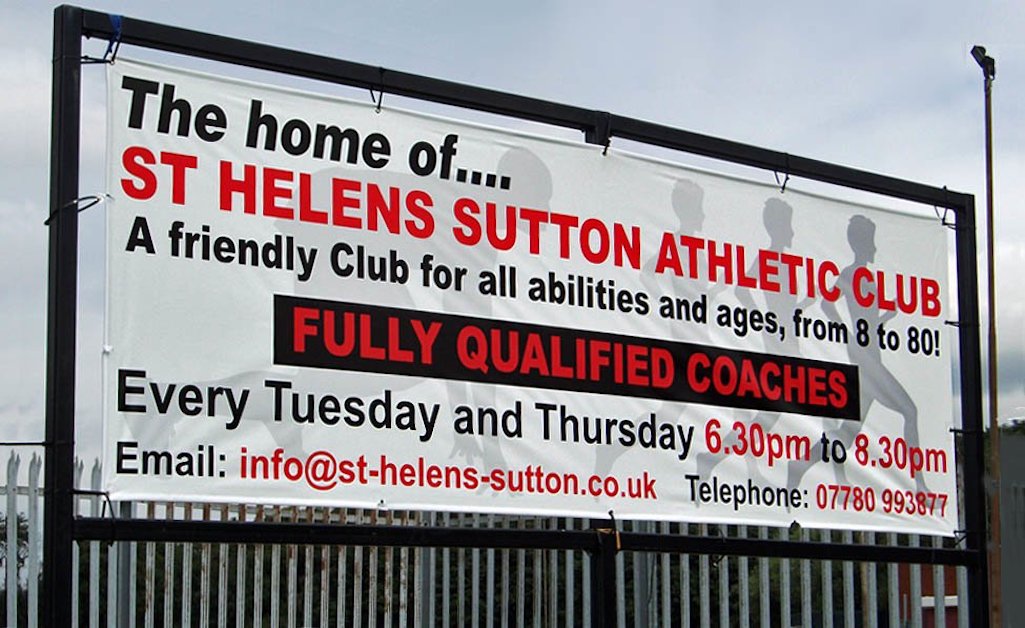An Illustrated History of Old Sutton in St Helens, Lancashire
Part 31 (of 95 parts) - The Rapid Rise of Sutton Harriers
Researched and Written by Stephen Wainwright ©MMXX Contact Me
Researched & Written by Stephen Wainwright ©MMXX
Old Sutton in St Helens
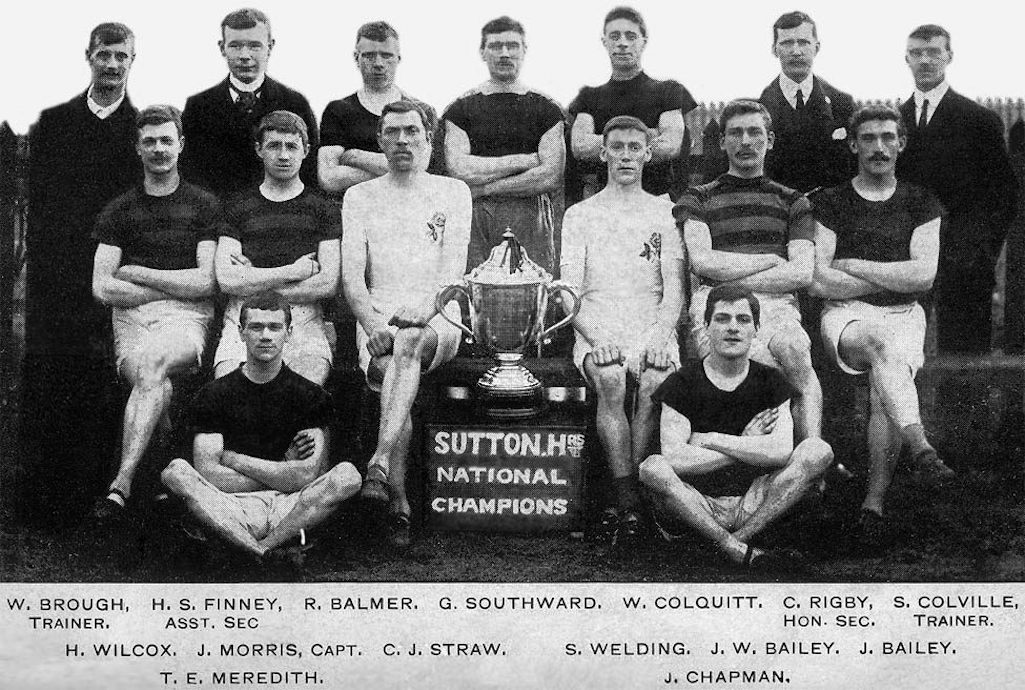
A picture postcard photo of Sutton Harriers athletics club - 1905-6 national cross-country champions

A picture postcard photograph of Sutton Harriers athletics club

Sutton Harriers athletics club
Towards the end of the nineteenth century healthy exercise was being encouraged and young men formed athletics clubs with each district and church parish having its own. St.Helens had quite a number including Parr A.C., Rainford A.C., Ravenhead A.C., Pilkingtons A.C., Prescot A.C., St.Josephs A.C., Gerrards Bridge A.C., Pembroke A.C. and St.Helens Parish Church A.C. Many of these were well established with some outstanding runners, not to mention those in clubs farther afield. So into this competitive world in 1899 entered the young pretender, Sutton Harriers.
They used to meet in the old Red Lion in Robins Lane (later the Glassmakers Arms & Golden Cross), then practice running down Bold Road and past Wm. Neill's Foundry, circle round to Clock Face and Marshalls Cross and then back home to the pub. Just how many replenishing pints they sunk on their return is not recorded! Facilities were extremely basic with just a bucket of cold water and scrubbing brush for bathing. If they were very lucky, there might be a block of soap for the athletes to share.
From the first year of Sutton Harriers formation, 'smoking concerts' were seen as an important means of raising funds for the club. These were live performances before a male audience who'd smoke and talk, usually of politics. The St.Helens Newspaper of October 24th 1899 said that a ’very interesting programme of songs was gone through’ during the Harrier's first annual smoking concert at the Red Lion.
On December 16th, 1899 the inaugural Christmas handicap was held with 15 athletes running 6½ miles through Bold and Clockface, then back to the pub. The St.Helens Newspaper revealed the winner as "Genial" George Southward who they predicted would be the ‘pride of Sutton in the athletics world with a little care and perseverance’.
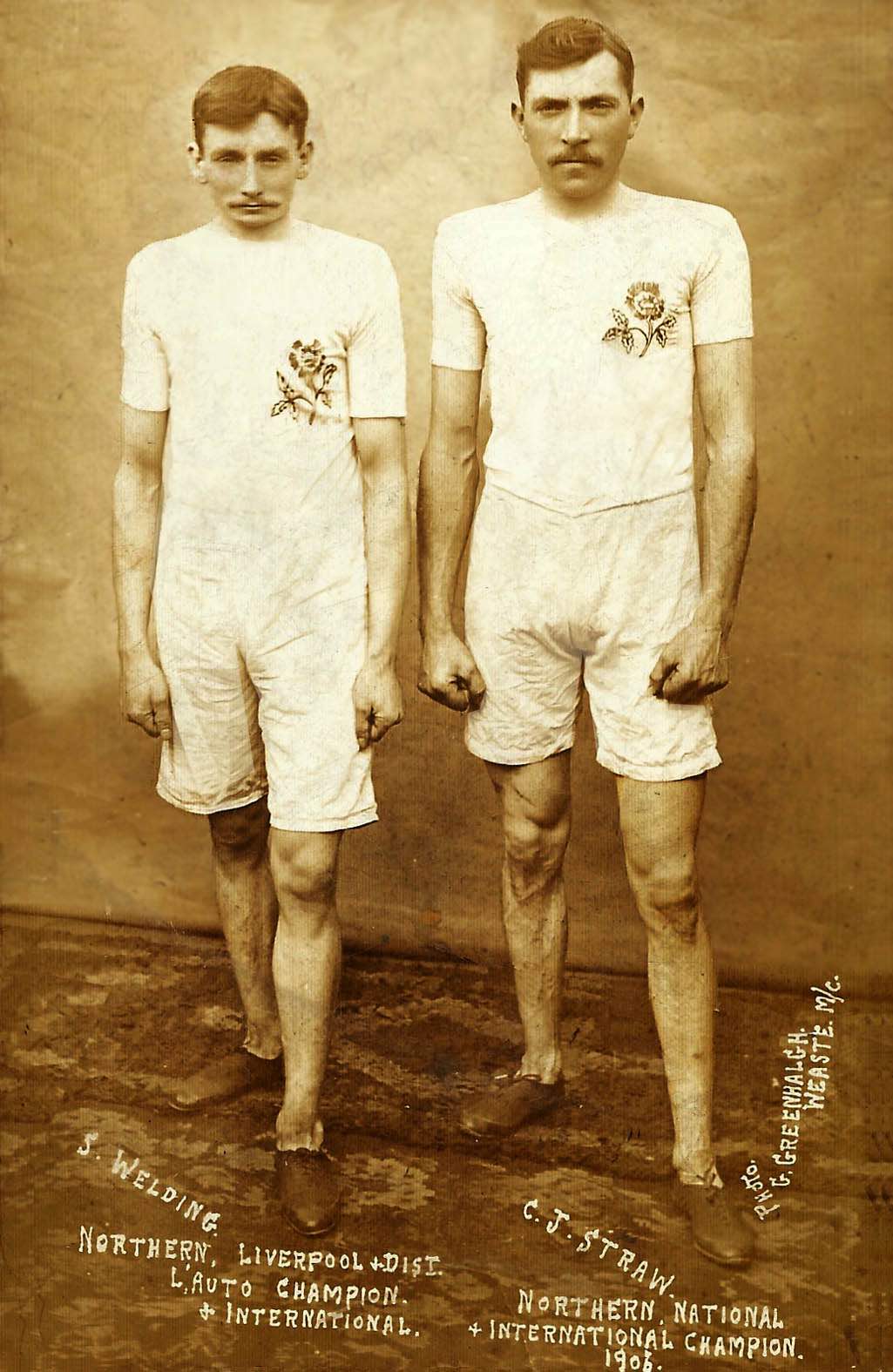
Picture postcard of Sammy Welding and Charlie 'C. J.' Straw - Contributed by Joan Coombes

Picture postcard of Sammy Welding and Charlie 'C. J.' Straw

Sammy Welding and Charlie 'C. J.' Straw
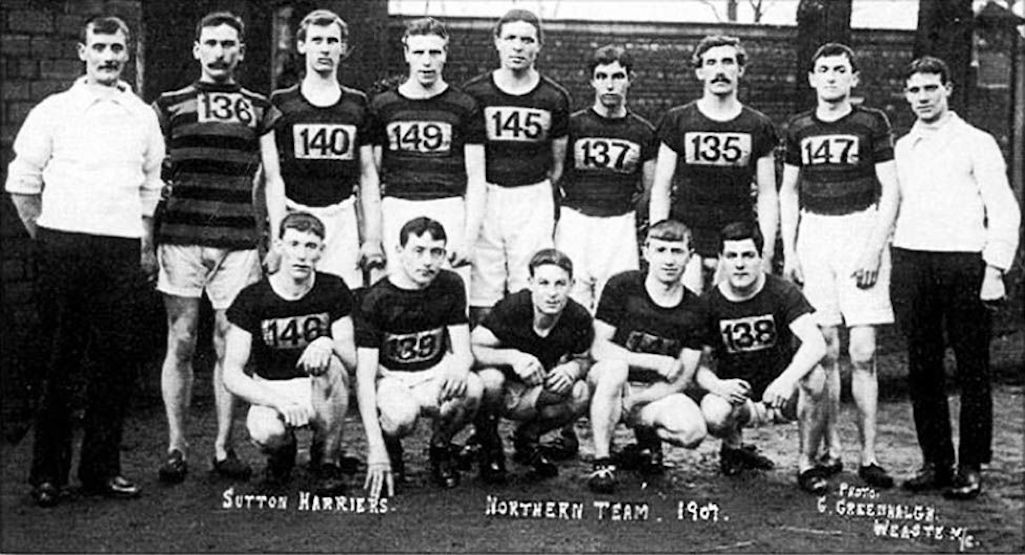
Sutton Harriers at the Northern Cross Country Championship at Haydock Park on 16/02/1907

Sutton Harriers at Northern Cross Country Championship at Haydock Park

Sutton Harriers at the Northern Cross Country Championship at Haydock Park
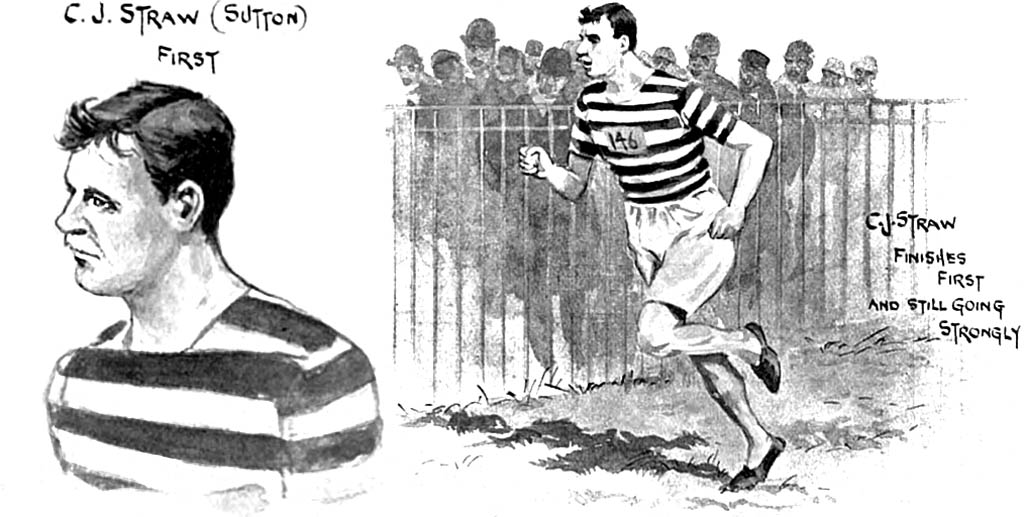
Charlie 'C. J.' Straw in the 1906 national cross-country championship at Haydock Park as depicted in Illustrated Sporting and Dramatic News

C. J. Straw in the 1906 national cross-country championship at Haydock Park

C. J. Straw in the 1906 national cross-country championship
However two weeks later disaster struck as C. J. Straw was alleged to have thrown a race at the behest of bookies and was disqualified for two years. He was accused of resting on a fence when well in the lead, waiting for other runners to catch up with him, so he could be seen just losing. This was a big blow to Sutton Harriers who unsuccessfully fought the suspension, although they still had their star Sammy Welding who was appointed club captain for the new season.
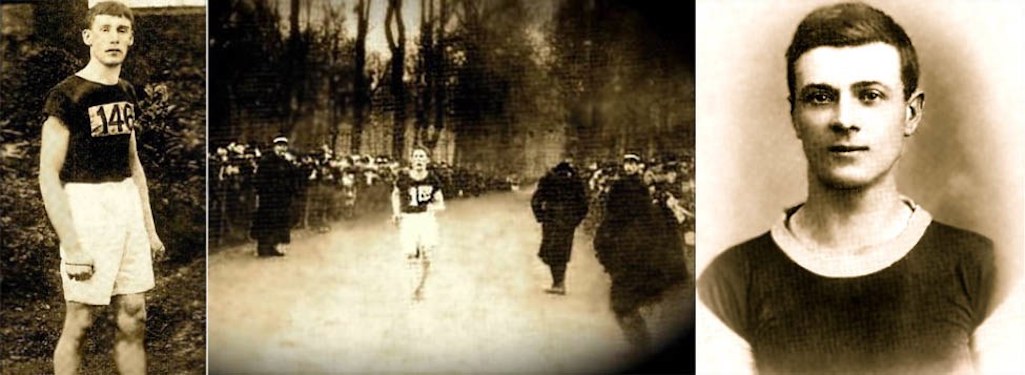
Left: Sammy Welding; Middle: Sammy nears the finishing line at St.Cloud, Paris; Right: Herbert Wilcox

Left: Sammy Welding; Middle: Sammy at St.Cloud, Paris; Right: Herbert Wilcox

Left: Sammy Welding; Middle: Sammy at St.Cloud, Paris; Right: Herbert Wilcox
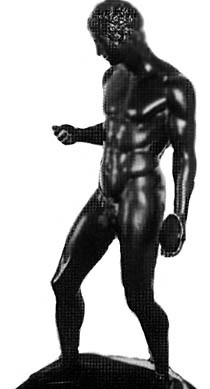
A trip to Paris via London was quite something for the English lads who were used to poor living and working conditions and somewhat rudimentary facilities at the Red Lion or Glassmaker's Arms. So Captain Michael Hughes, Sutton Harrier's proud president, paid for a horse-drawn wagonette to take the party on a sight-seeing tour of the French capital, which included a visit to the Louvre. The language barrier was overcome in a Parisian restaurant when one of the athletes ordered a glass of milk by imitating the milking of a cow, which was said to have much amused the French waitress!
When the Harriers arrived back in St.Helens after a sightseeing tour of London, they were met at the station by hundreds of supporters waving flags and hats. Sutton's popular medic, Dr. H. B. Bates, who was vice-president of the Harriers, was given a rousing reception when he left the station and the crowd cheered when captain Sammy Welding exited holding his bronze statuette that he'd won in Paris.
Like Saints rugby league stars returning from victory at Wembley, the team were taken on a tour of the town but on horse-drawn wagonettes accompanied by Sutton Road Prize Band. As might be expected, a very enthusiastic reception was given to the team by the people of Sutton as they made their way to the Glassmakers Arms where sandwiches were devoured by the hungry athletes.
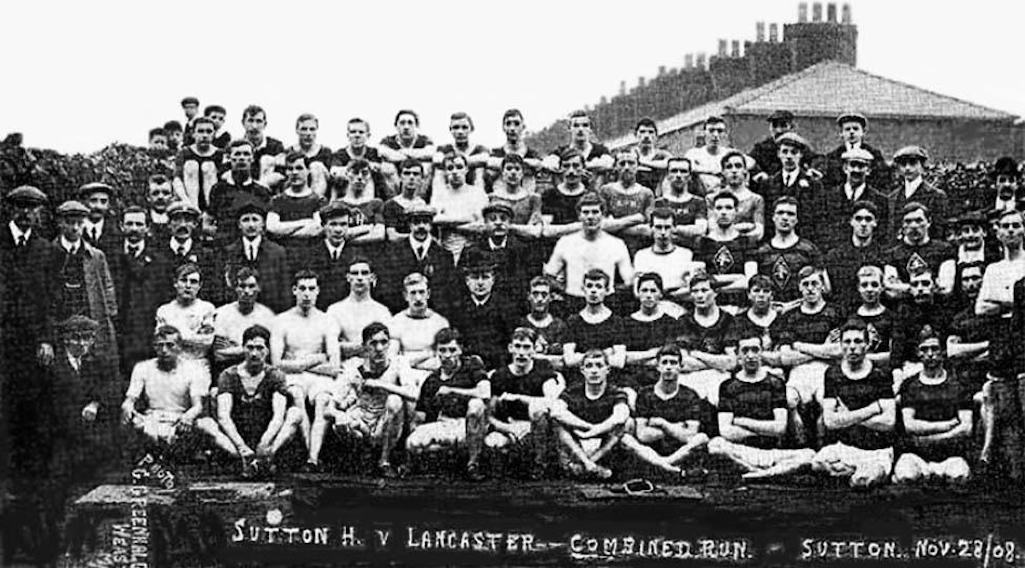
Sutton Harriers vs. Lancaster Districts at Sutton Commercial Ground in November 1908

Sutton Harriers vs. Lancaster Districts at Sutton Commercial Ground in 1908

Harriers vs. Lancaster Districts in 1908
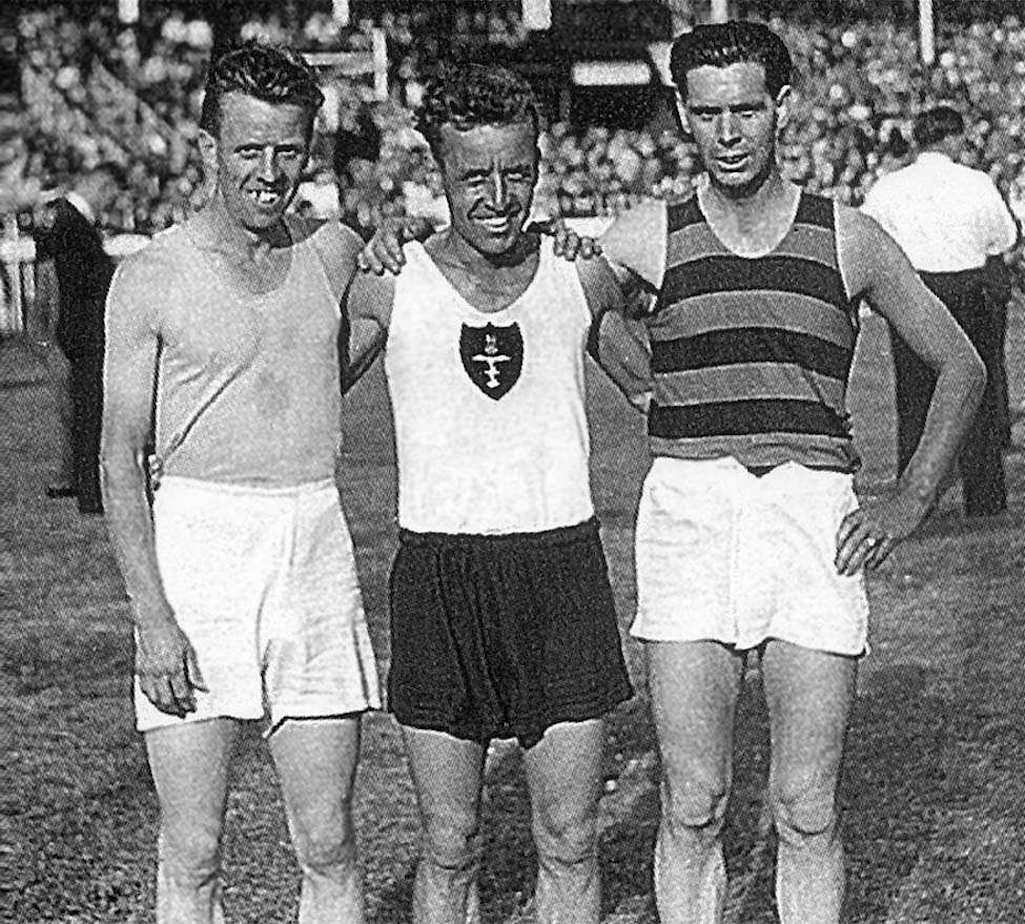
This picture was taken at Chester Sports in 1950. Left to Right Fred McMinnis, Bill McMinnis and Tom Fillingham

This photograph was taken at the Chester Sports in 1950. Left to right are Fred McMinnis, Bill McMinnis and Tom Fillingham

Picture taken at Chester Sports in 1950
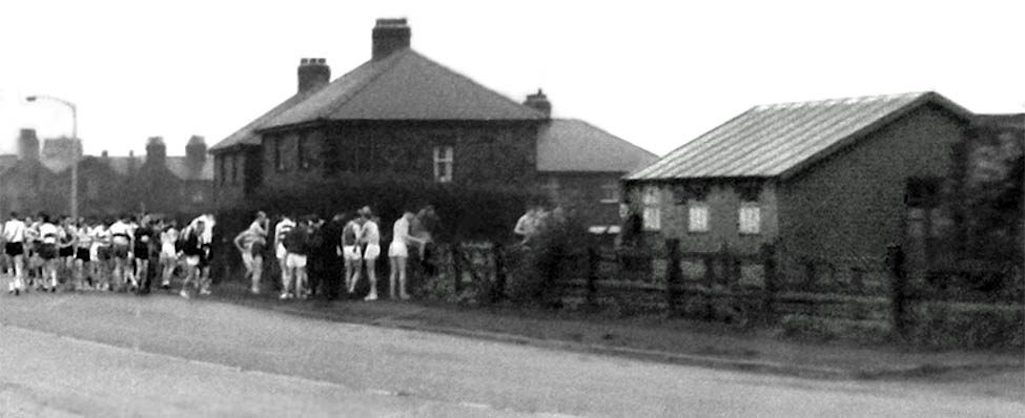
Changing hut in Chester Lane - the next house is no.11 where Polly Fenney lived - contributed by Jim Lamb

The Sutton Harriers changing hut in Chester Lane in Sutton

The changing hut in Chester Lane
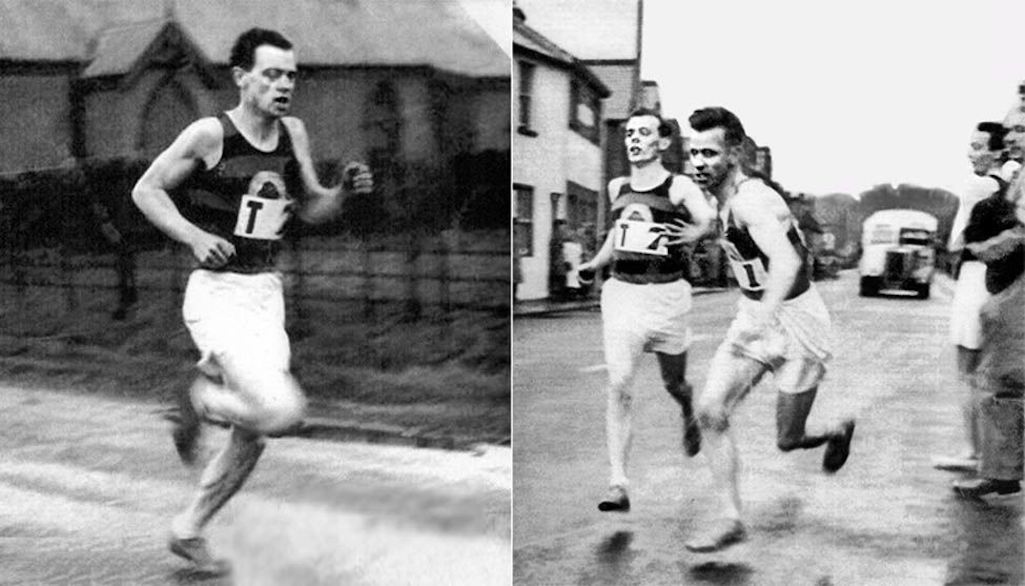
Athlete Les Lamb from Marshalls Cross with Fred McMinnis on the right - contributed by Jim Lamb

Athlete Les Lamb from Marshalls Cross with Fred McMinnis on the right

Les Lamb with Fred McMinnis on right
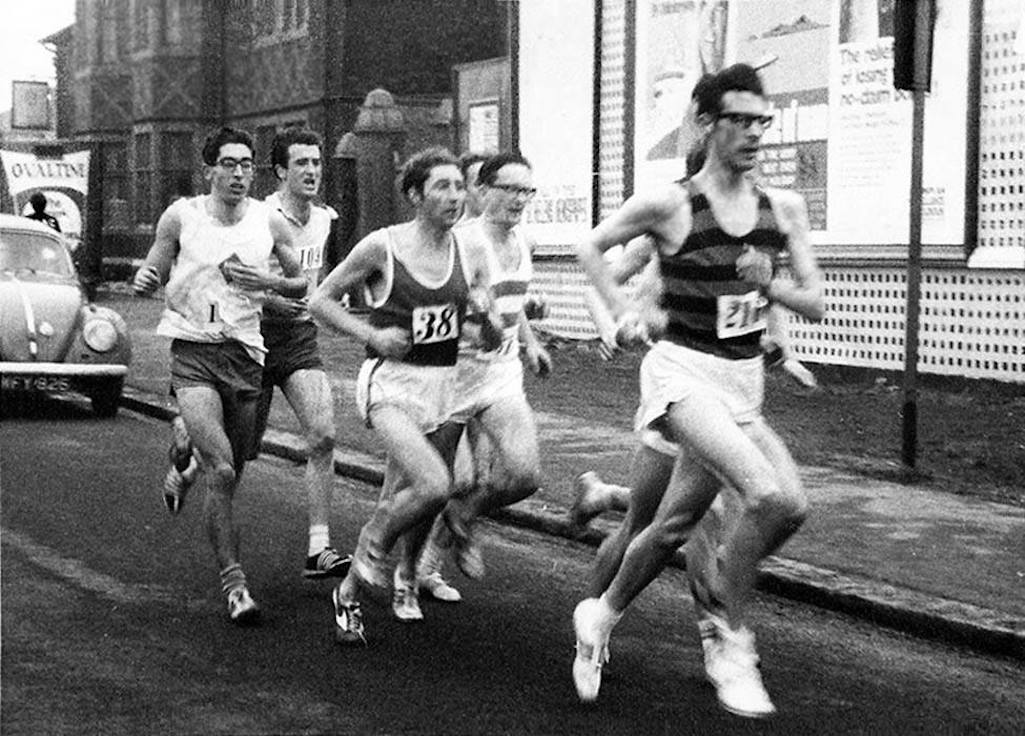
Harriers 7 mile race in 1969 in Gartons Lane with the Green Dragon in the background - contributed by Brian Renshall

Harriers 7 mile race in 1969 in Gartons Lane with the Green Dragon on left

7 mile race in 1969 in Gartons Lane
This period also saw the Harriers running successful female and junior cross country teams. This was largely down to the efforts of teacher Dr. Philip Thomas who organised matches between local secondary schools and established a Merseyside cross-country league for girls. These served to increase interest in the sport and led, by word of mouth, to an influx of female athletes. The girls took the National cross country title at Runcorn in 1979, in addition to several Merseyside titles and third place in the Northern.
With the increasing popularity of track and field events, the club expanded into league competitions with male athletes competing in division one of the Northern Men’s League. The female Harriers were also successful, winning the Northern Women’s Track and Field League title and participating in the National Women’s League qualifying competition on three occasions.
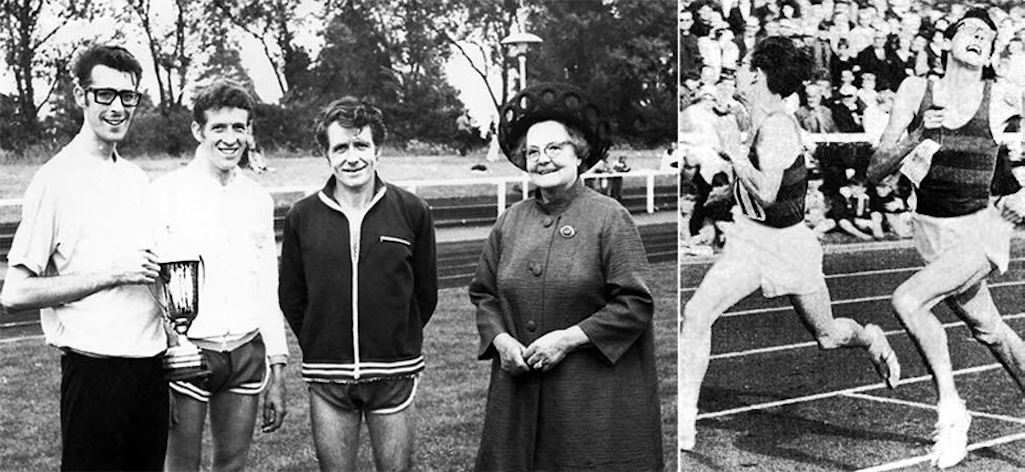
Left: Brian Renshall, Peter Roberts and Ron Barlow who were performing in Widnes Police Sports held at Ruskin Drive, St.Helens in 1970; Right: John McLoughlin and Brian Renshall in a photofinish at Ruskin Drive in 1967 - contributed by Brian Renshall

Left: Widnes Police Sports at Ruskin Drive 1970; Right: Ruskin Drive in 1967

Left: Widnes Police Sports in 1970; Right: At Ruskin Drive in 1967
On the administrative side, long standing Secretary, Norman Ashcroft, a former cross country international from Manchester, was elected President of the Northern Cross Country Association. Norman also founded the National Veterans Association in which he and Billy McMinnis collected world titles. In recent years David Forrester has had notable success for the club, winning the English Schools’ XC title, the European Trial Race and finishing third in the junior National XC. Local schools have also competed for the Sam Welding Trophy, C. J. Straw Trophy and the Morris Trophy, keeping their illustrious members' names alive.
